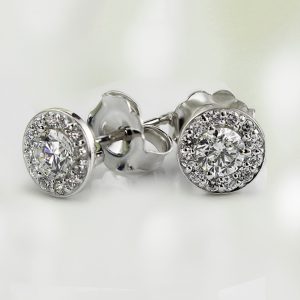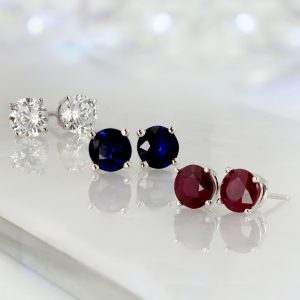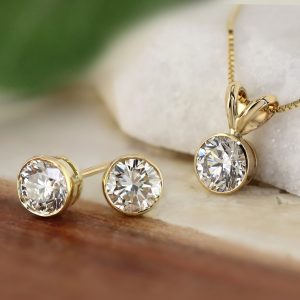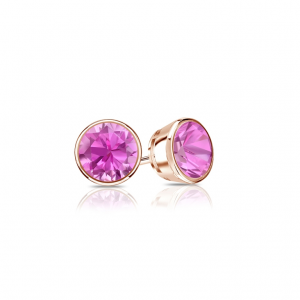September’s birthstone is the stunning, sophisticated sapphire. Sapphires are known to symbolize faithfulness, truth, and wisdom. Sapphires are also associated with royalty, since this gemstone that has been favored by royals for thousands of years.
To celebrate September’s birthstone, the mesmerizing sapphire, we’ve put together this guide to the sapphire. Read on to learn more about the September birthstone’s storied history, lovely meaning, and unique composition, as well as to see some of our favorite ways to wear the stunning sapphire birthstone!
The Regal History of the Sapphire
Sapphires are strongly associated with royalty, as this rich blue gem has been a favorite of royals since ancient times. In ancient Greece and Rome, kings and queens wore sapphires because they believed sapphires protected their wearer from envy and harm. In the Middle Ages, royals and members of the clergy wore sapphires, since the people in this time period believed that sapphires attracted blessings.
Sapphires have been worn by royals for centuries and are still donned by royals today. Arguably the most famous modern piece of sapphire jewelry in the world is Princess Diana’s blue sapphire and white diamond engagement ring. This engagement ring is now worn by Kate Middleton, who was given the ring by Prince William when the couple got engaged in 2010.
The Rich Meaning of the Sapphire
Sapphires have been associated with many meanings throughout history. As we mentioned in the last section, those in ancient Greece and Rome associated sapphires with protection from envy and harm, while those in the Middle Ages associated sapphires with heavenly blessings. Throughout history, sapphires have also been associated with fidelity, peace, and connection with the spirit world.
Fidelity has been popularly associated with sapphires for hundreds of years. And, in fact, before diamonds became the top center stone for engagement rings in the 20th century, sapphires were once the most popular center stone for engagement rings, due to their association with fidelity. In an engagement ring, sapphires are thought to symbolize loyalty, faithfulness, and trust.
In modern jewelry, sapphires are still associated with fidelity and loyalty, then are also thought to symbolize trust and wisdom. Then, of course, sapphires are also associated with September babies, since sapphire is the September birthstone. Many people believe that wearing your birthstone can provide good luck, inner strength, and guidance through challenging times.
The Makeup of the Sapphire
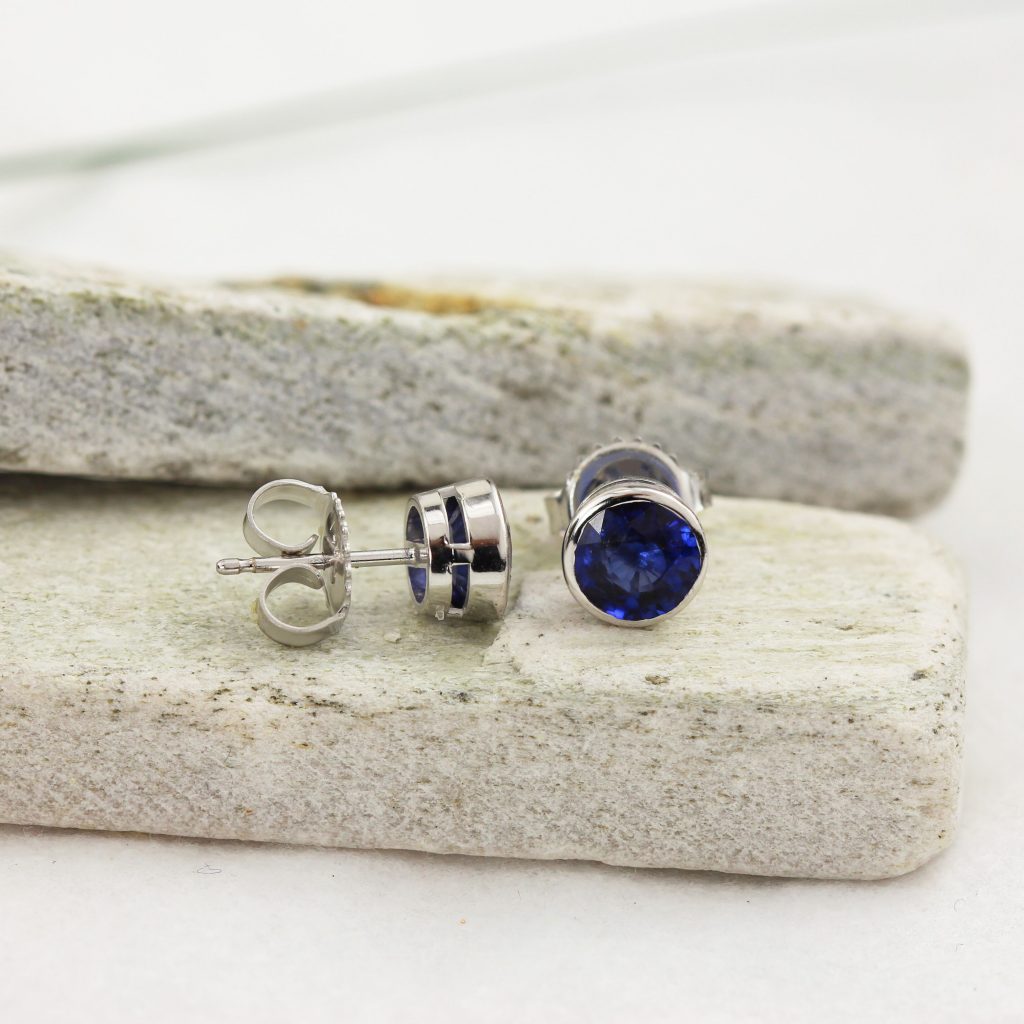
Two blue sapphires mesmerize in these bezel set sapphire stud earrings.
Sapphire is the gemstone-quality variety of a mineral called corundum, which the same base mineral that makes up the ruby. The primary difference between sapphires and rubies is their color. Red corundum is a ruby, while any other color of corundum (including the highly prized blue corundum) is a sapphire.
Sapphires are loved not only for their beauty, but for their durability. All gemstones are ranked on the Mohs Scale of Hardness, which measures how dense and hard a gemstone is. Sapphires rank very high on the Mohs scale at a 9, second only to diamonds (10) and moissanite (9.5). The incredible strength of sapphires makes them excellent for everyday wear in rings, earrings, necklaces, and bracelets.
While many types of sapphires are cut into standard gemstone shapes for jewelry, there is one type of sapphire that is usually polished into a circular or oval orb-like shape: the star sapphire. Star sapphires feature what’s called asterisms, which are inclusions that create a star-like shape within a sapphire. Star sapphires are generally polished, rather than cut with facets, in order to show off the spectacular beauty of their asterisms.
A Rainbow of Sapphires
Blue sapphires are the most well-known type of sapphire. However, this gorgeous gem actually comes in every color of the rainbow. Blue sapphires get their intense blue hue from when corundum is exposed to titanium and iron during formation. But sapphires can take on any number of different colors, depending on the various minerals and elements present in the earth during the sapphire formation process.
Sapphires can be blue, pink, yellow, orange, purple, green, black, pinkish-orange (padparadscha) or white (colorless). The only color a sapphire can’t be is red. While corundum can become red during formation, the red variety of corundum is the ruby.
Featured Sapphire Birthstone Jewelry
Sapphire Stud Earrings
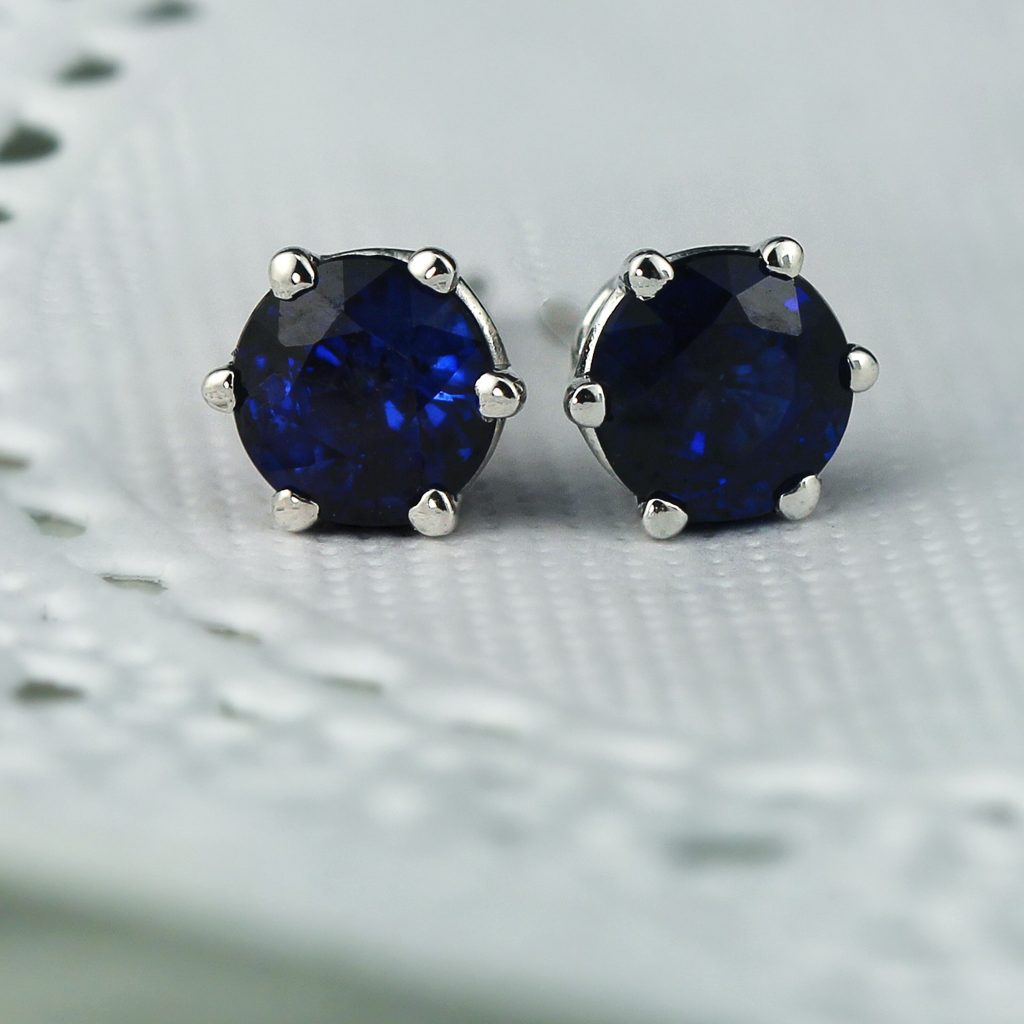
Six prong white gold settings add delicate detail to these 1 carat blue sapphire stud earrings.
Stud earrings are an easy-breezy way to wear the September birthstone. Four prong settings are the most classic option for sapphire stud earrings, but we also love the intricate look of six prong settings, the delicate look of three prong settings, and the sleek look of bezel settings. And, of course, blue sapphires look absolutely mesmerizing in halo settings, since the bright white brilliance of a diamond halo makes the deep color of a sapphire simply pop.
View our full collection of customizable sapphire stud earrings.
Sapphire Pendant Necklaces
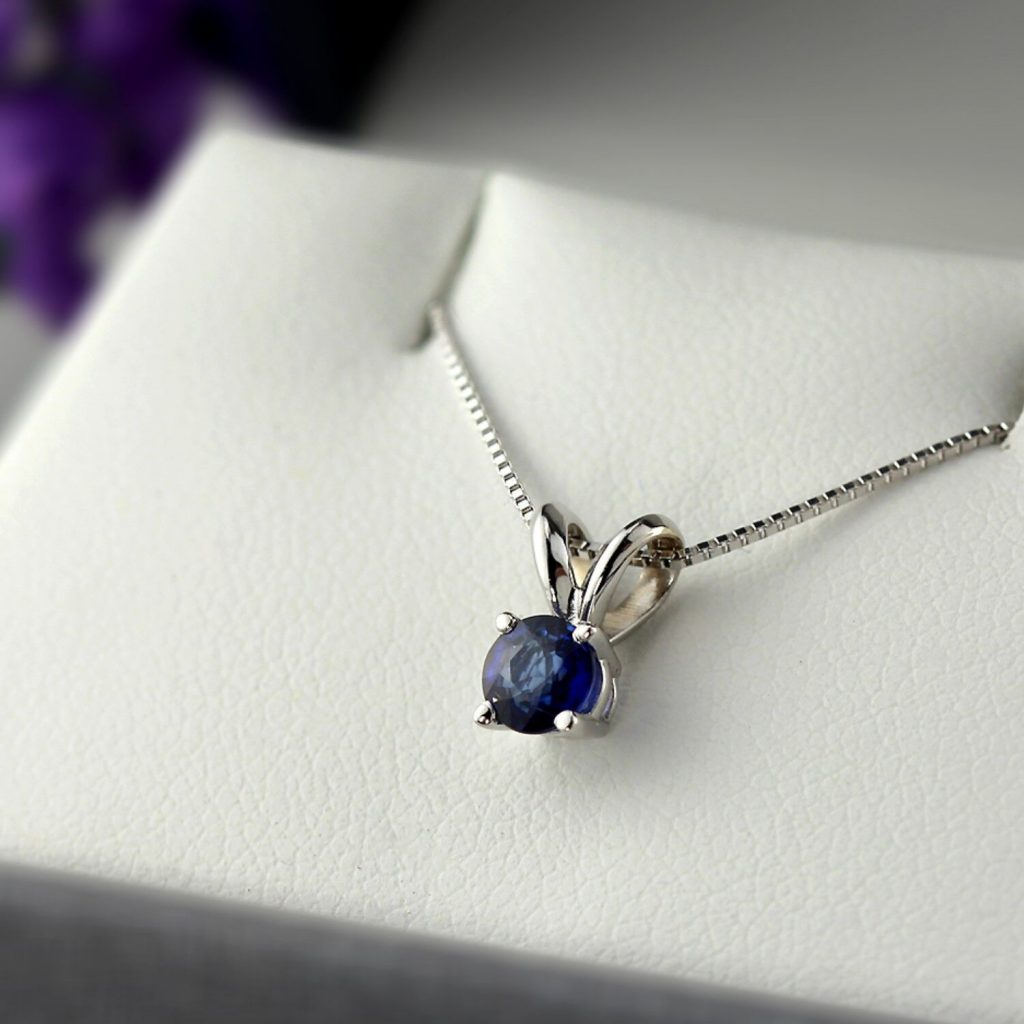
A delicate and romantic blue sapphire pendant featuring a white gold four prong basket setting.
Pendant necklaces are a classic and elegant way to wear sapphires. Go with a simple prong basket setting for a classic look, a bezel setting for a modern look, or a halo setting for an ultra glamorous look.
View our full collection of customizable sapphire pendant necklaces.
Sapphire Birthstone Rings
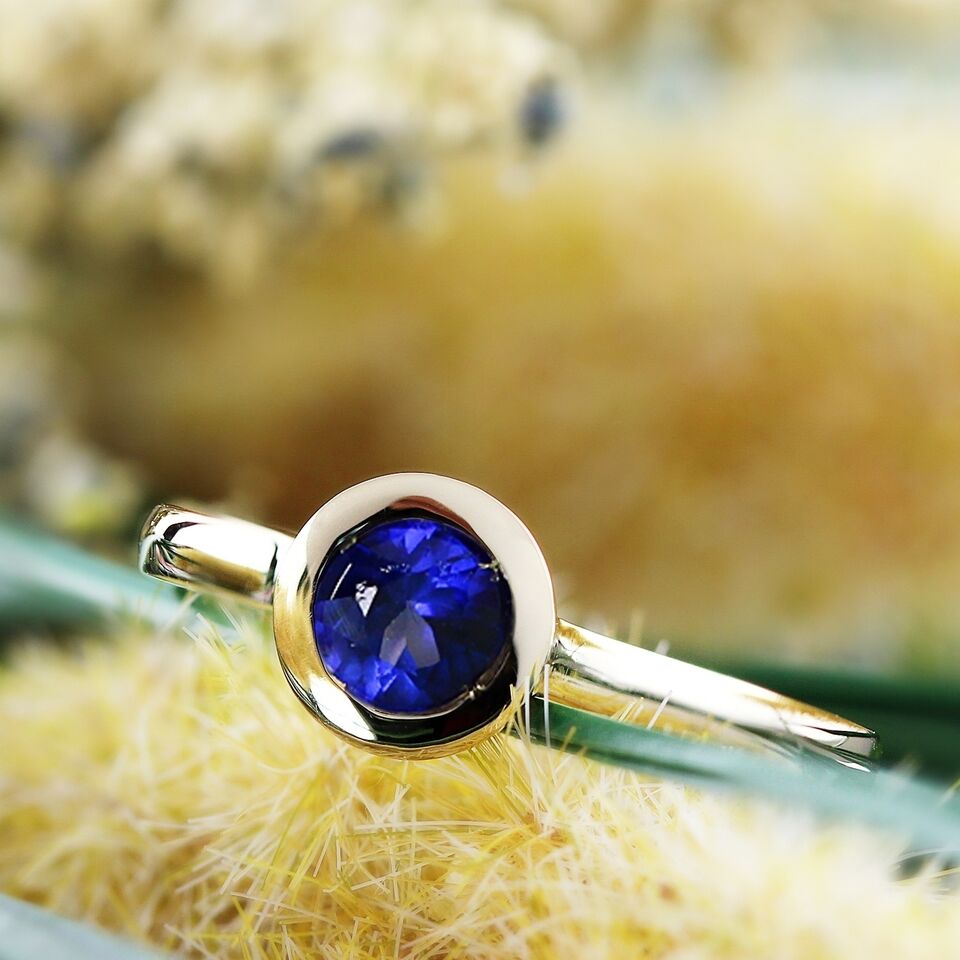
A bezel set 0.5 carat sapphire birthstone ring in yellow gold.
A fashion ring featuring your birthstone is a great way to add a beautiful pop of color to your everyday style. We love sapphire rings of all kinds but have a soft spot for bezel set sapphire rings (like the yellow gold bezel set solitaire ring pictured above). Bezel settings add beautiful shine to a sapphire ring, while still being understated enough to work with any ensemble.
Create a custom blue sapphire birthstone ring on our blue sapphire rings page.







 1-855-969-7883
1-855-969-7883 info@diamondstuds.com
info@diamondstuds.com





